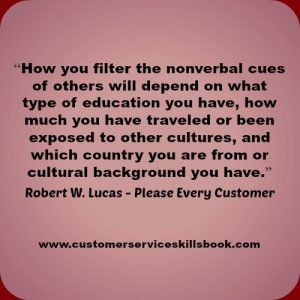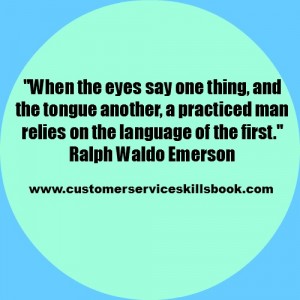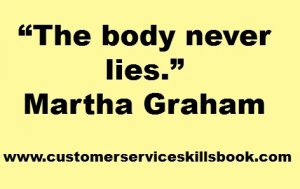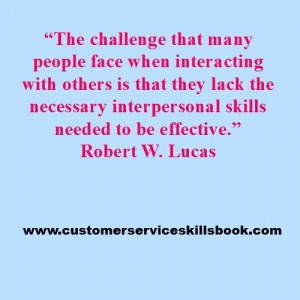Customer Service Quote – Marshall Field
Whether you like it or not, if you are in the customer service profession, you are in the people business. That requires continually looking for ways for building customer relationships and strategies for customer retention. To succeed, you must have a sound understanding of people from all walks of life and master the skills of verbal and non-verbal communication.
Who was Marshall Field?
Though most famous today for his retail business, during his lifetime his wholesale business made far more money. During the 1880s, Field’s wholesale business generated 5 times more revenue than retail annually. The wholesale business even had its own landmark building, the Marshall Field’s Wholesale Store, erected in 1887.
In 1905, Field’s fortune was valued at $125 million. The Field Museum of Natural History was named after him in 1894 after he gave it an endowment of one million dollars. Mr. Field was initially reluctant to do so, reportedly saying “I don’t know anything about a museum and I don’t care to know anything about a museum. I’m not going to give you a million dollars.” However, he later relented after railroad supplies magnate Edward E. Ayer, another early benefactor (and later first president) of the museum, convinced Field that his everlasting legacy would be achieved by financing the project. The year after his death the Field Museum received a further $8,000,000 in accordance with his will. The University of Chicago was founded by both Field and New York’s John D. Rockefeller, to rival nearby Evanston’s Northwestern University. A bust of Marshall Field stands aside from other early 20th century Chicago industry magnates on the north riverbank on the Chicago River facing the Merchandise Mart.
Famous Marshall Field Quotes
- Goodwill is the only asset that competition cannot undersell or destroy.
- A man with a surplus can control circumstances, but a man without a surplus is controlled by them, and often has no opportunity to exercise judgment.
- Right or wrong, the customer is always right.
- Give the lady what she wants!
If you are looking for ways to enhance your interpersonal communication and customer service skills and to create an environment where customers enjoy their contacts with you and your organization, get copies of Customer Service Skills for Success and Please Every Customer: Delivering Stellar Customer Service Across Cultures.
About Robert C. Lucas
Bob Lucas has been a trainer, presenter, customer service expert, and adult educator for over four decades. He has written hundreds of articles on training, writing, self-publishing, and workplace learning skills and issues. He is also an award-winning author who has written thirty-seven books on topics such as, writing, relationships, customer service, brain-based learning, and creative training strategies, interpersonal communication, diversity, and supervisory skills. Additionally, he has contributed articles, chapters, and activities to eighteen compilation books. Bob retired from the U.S. Marine Corps in 1991 after twenty-two years of active and reserve service.










